Nguyen Thi Ngoc Tu was a familiar name in the literary world during the last four decades of the 20th century. She used to be a teacher, then moved to Quang Ninh to work for the Mining Region newspaper. Here, she married Nguyen Ngoc Chanh, a journalist from the South who had moved to the North. In addition to journalism, Nguyen Thi Ngoc Tu was also a prolific writer with 8 novels, 6 short stories, 1 poetry collection and many literary essays.
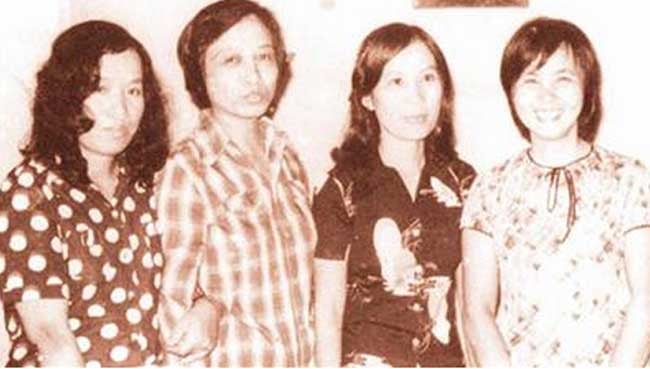
Writer Nguyen Thi Ngoc Tu was born in 1942 in Hanoi . When she was young, she worked as a teacher in Quoc Oai district, Son Tay province. Then she worked as an editor for the Vung Mo newspaper. In early 1980, she returned to work as an editor at the Van Nghe weekly. The job of a journalist has helped her a lot in writing. In the book Modern Vietnamese Writers, writer Nguyen Thi Ngoc Tu shared about literature: “I do not consider writing a profession. Because it is a profession, even if you do not want to, you have to do it. I only write when I like it, when I have something pressing in my mind, even if I am busy or in a meeting, I still think and try to write a few lines. I like to travel and take notes. I write down what I see, what I think. Every trip I collect many useful things. Those things help me write.”
Her first novel, “Hue ”, was named after her daughter. According to Associate Professor, Dr. Le Thi Duc Hanh, the success of her first novel “Hue ” (published by Literature Publishing House in 1964) and the working environment of a reporter for the Mining Area Newspaper helped Nguyen Thi Ngoc Tu’s artistic path to grow further. In 1966, Nguyen Thi Ngoc Tu published the story collection “Nguoi Hau Khuong” along with many reports and essays with strong literary qualities in newspapers. Most of these works were written in Khe Hum (now Ha Phong Ward, Ha Long City), the evacuation site of the Mining Area Newspaper.
Also here, Nguyen Thi Ngoc Tu gave birth to a female writer and screenwriter for Vietnamese literature: Nguyen Thi Thu Hue. Perhaps, that is why Khe Hum is a place name mentioned many times in Nguyen Thi Ngoc Tu's works. At the end of many short stories in the collection " Nguoi Hau Khuong ", the writer often wrote the place of writing: " Khe Hum, date... month... year...". Later, in her memoirs, she also mentioned Khe Hum: " In April 1967, I brought my baby (8 months old) from the Quang Ninh mining area to Lim (Tien Du, Bac Ninh - PV) after a night of fierce bombing that almost destroyed the Khe Hum area, where the Vung Coal newspaper I was working for was evacuated" ( Memories of "Village Land ").
A funny story is that when writer Nguyen Thi Ngoc Tu finished writing the novel Dat Lang (about 200 pages), she sent the manuscript to writer Hoang Quoc Hai to read and he just said "need to go to the field to write about agriculture". Writer Hoang Quoc Hai (who also worked for the Vung Mo Newspaper) introduced Ngoc Tu to write about the advanced cooperatives at that time. At that time, her daughter Thu Hue was only 2 years old. During the day, Nguyen Thi Ngoc Tu went to collect documents and at night she slept with her mother and sister, writer Hoang Quoc Hai. As a result, the novel Dat Lang (500 pages) was born, completely different from the original manuscript. Dat Lang is the first long novel by Nguyen Thi Ngoc Tu. "However, the most haunting and impressive thing is the novel White Illusion written about a hospital, both positive and negative aspects from the subsidy period" - writer Hoang Quoc Hai commented.
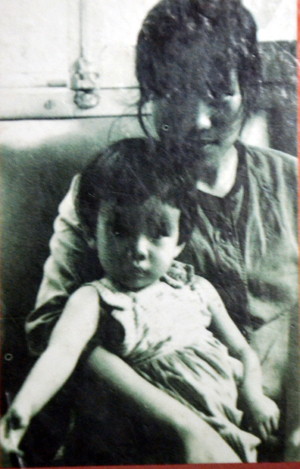
Regarding the time when Nguyen Thi Ngoc Tu and her daughter left Quang Ninh, writer Hoang Quoc Hai wrote in his memoir: “The war in the mining area became more and more fierce. In early 1967, Ngoc Tu wrote a letter to Hanoi to inform me that she would temporarily evacuate her child to Bac Ninh to live with her grandmother and younger sister. Tu asked me to go to Quang Ninh to pick up Tu and her mother, because Chanh had to be on duty and could not go. I remember that day, when we crossed the Bai Chay ferry to the middle of the Cua Luc River, several groups of American planes rushed in. That was the coal port area, near the naval base and the power plant. At the same time, they bombed two places: the naval area and the power plant. The sound of bombs exploding and the roar of planes was terrifying. Everyone was panicked. I grabbed Thu Hue, held her close to my chest to shield her, and told Tu to sit low.”
Although she had left Quang Ninh for Bac Ninh and then Hanoi for work, Quang Ninh was still the nostalgia and love that Nguyen Thi Ngoc Tu had poured into her writings. Writing about Quang Ninh, she could not hide her pride: “ The red dirt road running through those bare hills is the road to the power plant. There is the Uong River, the Bach Dang River and further away is the ocean ” ( A restaurant by the road ). The coal region appeared like a promised land, full of newness and excitement: “ I also know stories about the power plant and coal mines of our province through the lessons my teacher taught. My house is all the way in Cam Pha, Cua Ong, my house is full of miners so I know a lot of stories. I showed you a piece of coal as big as a grapefruit. The black coal was sparkling. I also told you about the miners who worked underground day and night ” ( A restaurant by the road).
Reading Nguyen Thi Ngoc Tu, readers realize the atmosphere of fighting and production labor that was raging in the Mining Region at that time. That atmosphere awakened the youth of old lady Duyen: “ In the afternoon, when the bustling train cars brought workers home from the mine shift and the whistle sounded, she longed for sister Hien to come back, to hear her tell stories about her family and the factory. With her stories, she felt young again and returned to the days of bustling work, next to the high, dark, dusty coal floors ” ( Old Lady Duyen ).
It can be said that the space of the Mining Area is refracted through the prism of Nguyen Thi Ngoc Tu into an artistic space with a wide coverage: " The afternoon waves crash loudly on the distant rocks, the sound of the waves spreading out across the sky of the mining city" (A pose). It is open even in the heroic tragedy: "Now the whole city is deserted and empty, only the factory is still calm, emitting gray smoke into the sky and the sound of the machine is still bustling like the beating of a heart in a wounded body ". That space makes people seem smaller but cannot crush the will and determination of the miners: “ Standing on the high floor, she saw in the white rain, many silhouettes of people in flowing hats and shirts running quickly. Those tiny silhouettes sometimes gathered together, sometimes dispersed. There were silhouettes running along the winding paths leading down to the deep mine. There were people climbing to the high floor to stand next to the drilling machines. Below the coal mine, many people were moving the rails and trolleys ” ( Rainy Days ).
In her speech at the 3rd Congress of the Writers' Association, Nguyen Thi Ngoc Tu wrote: "The actual trips living with the people who are producing and fighting helped me realize that good and useful works are not only written about big topics, famous characters, but also because they express profound things about people, about the pain and joy that each person can reflect on ." And indeed, the years in Quang Ninh helped her have many useful works for each later generation to " reflect" on to better understand the lives of the previous generation in the beloved Mining Region.
Writer Nguyen Thi Ngoc Tu passed away in 2013, but her works are still remembered by many readers. “The works of writer Nguyen Thi Ngoc Tu are serious, urgent and full of sharing, completely unfamiliar with the way of focusing on exploiting the bad habits, pettiness, and stinginess of the country people and turning them into objects of satire and humor. Therefore, the name and works of Nguyen Thi Ngoc Tu leave a good and deep impression on all those who are interested in our cultural and spiritual homeland” - poet Huu Thinh commented on the late writer Nguyen Thi Ngoc Tu.
Source



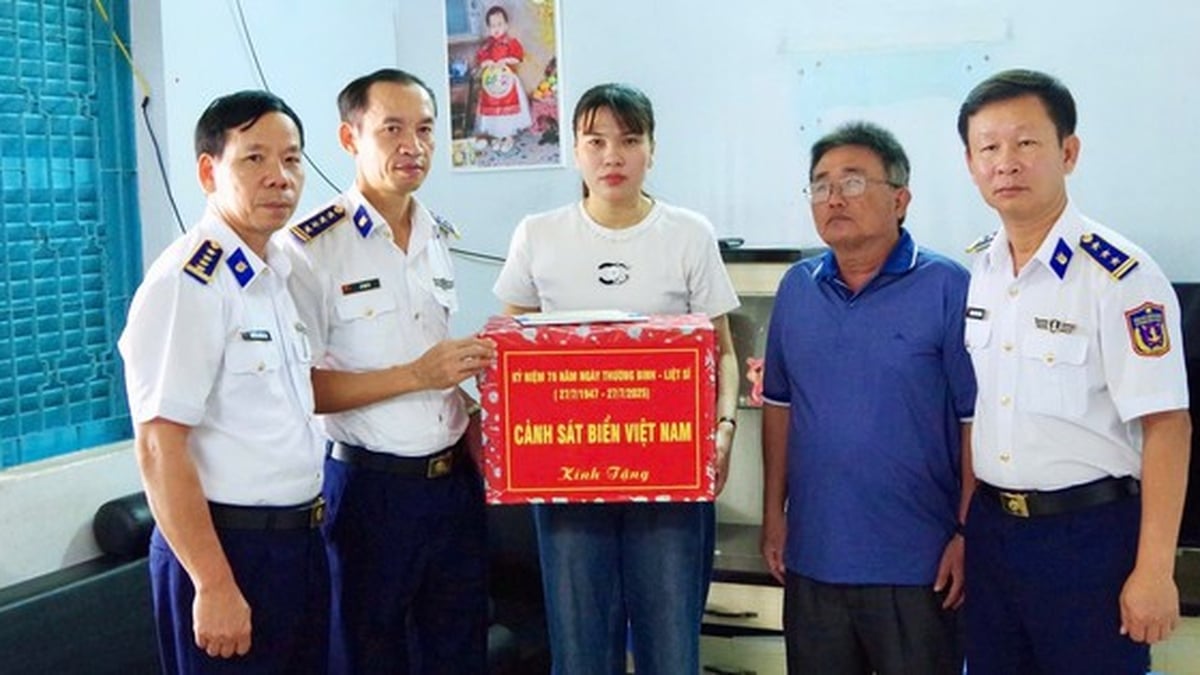
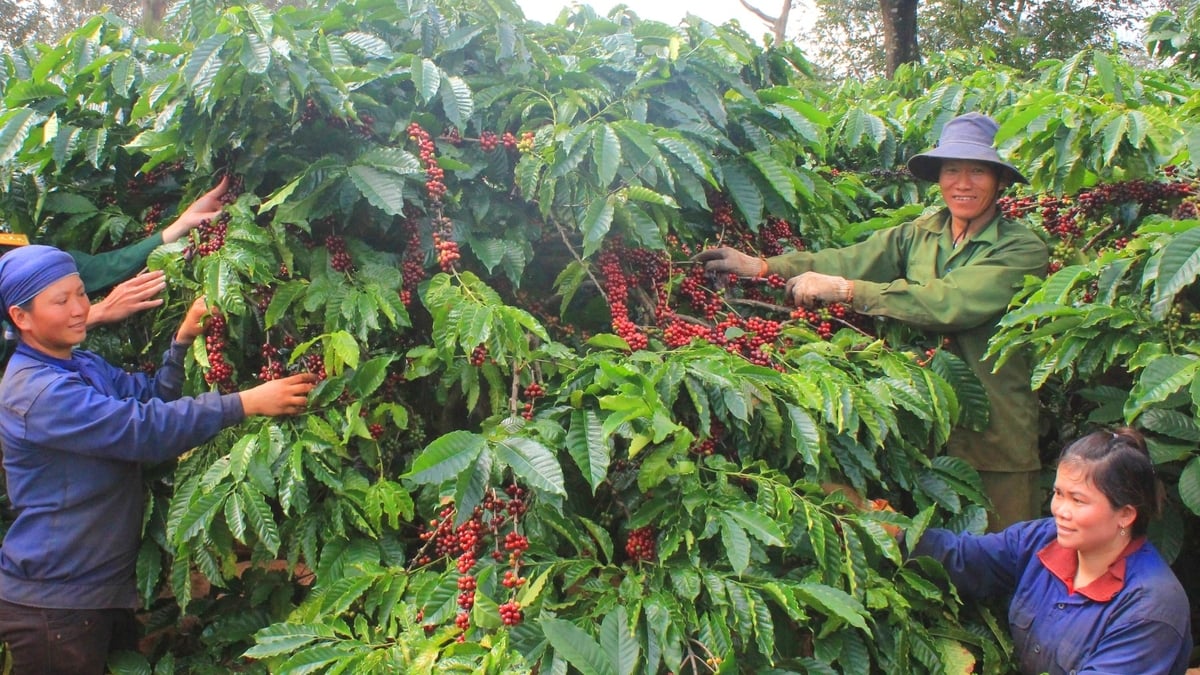
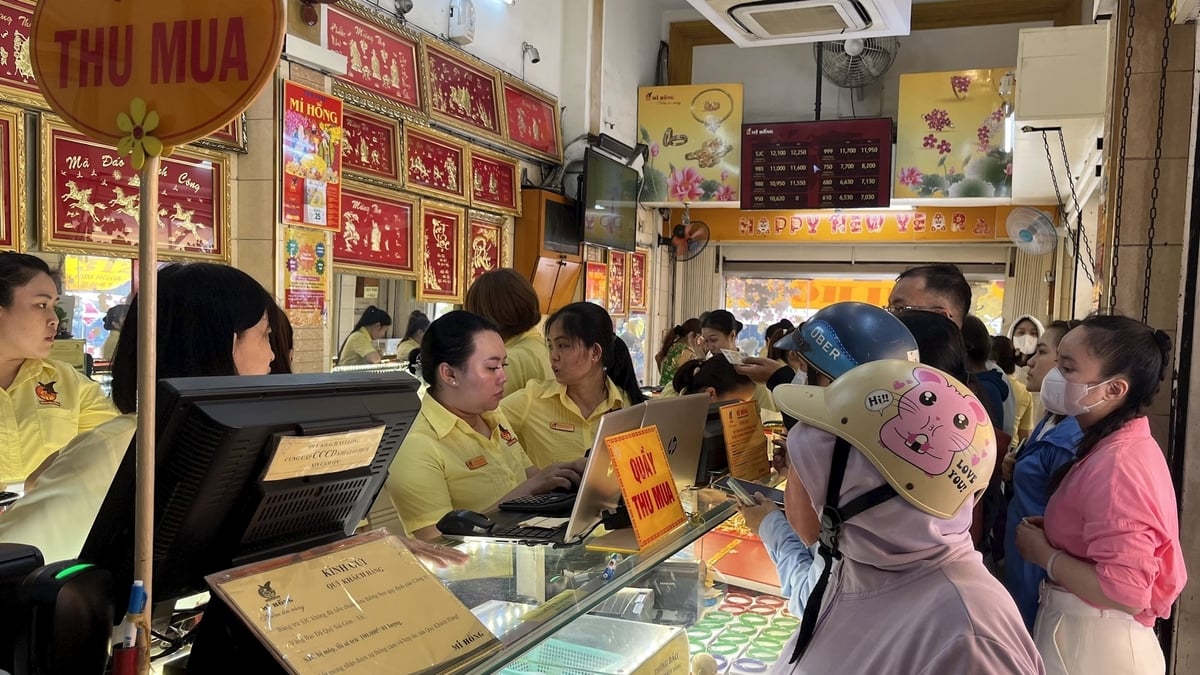
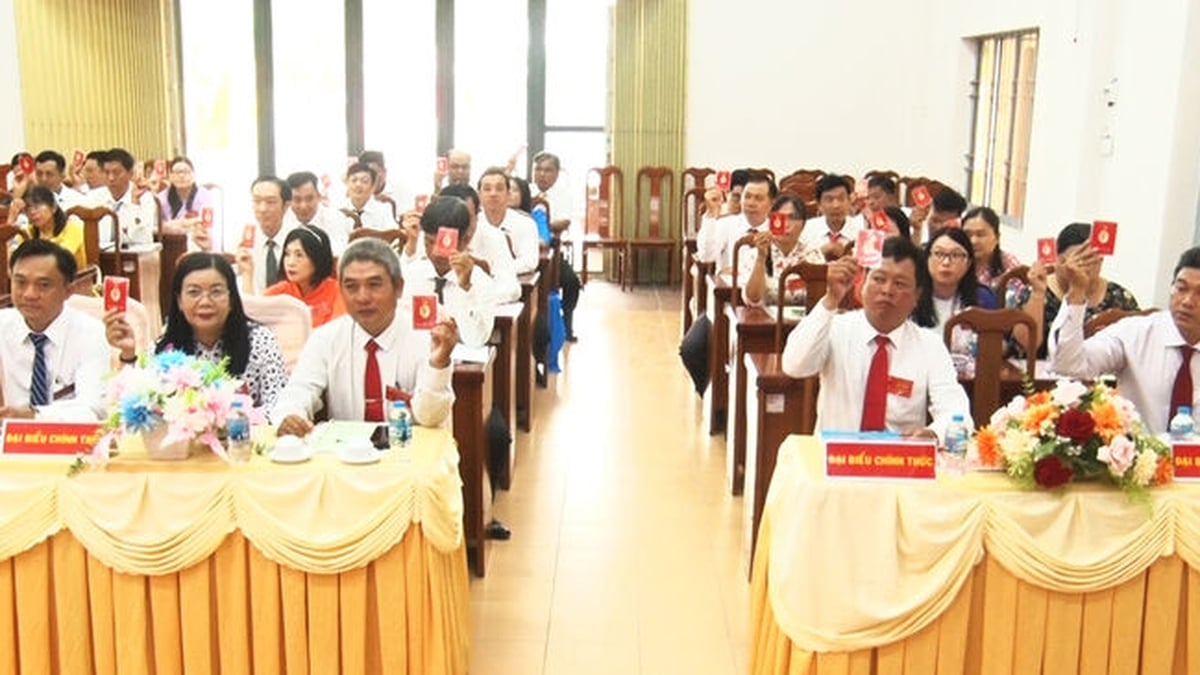

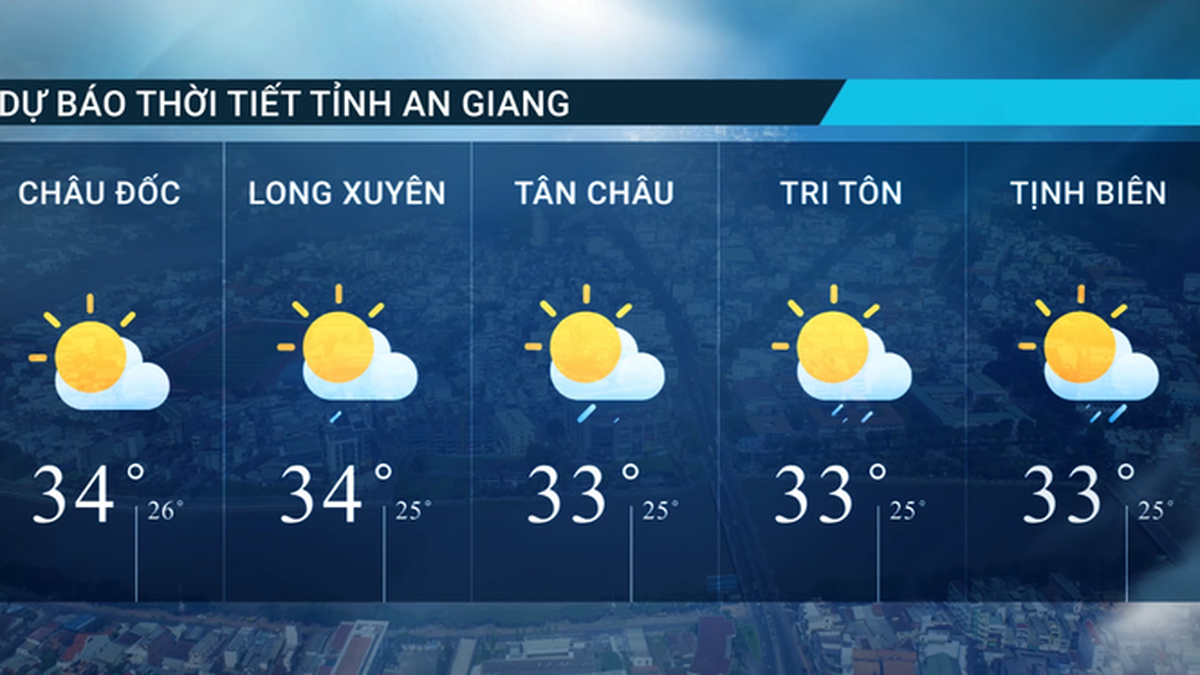























































































Comment (0)